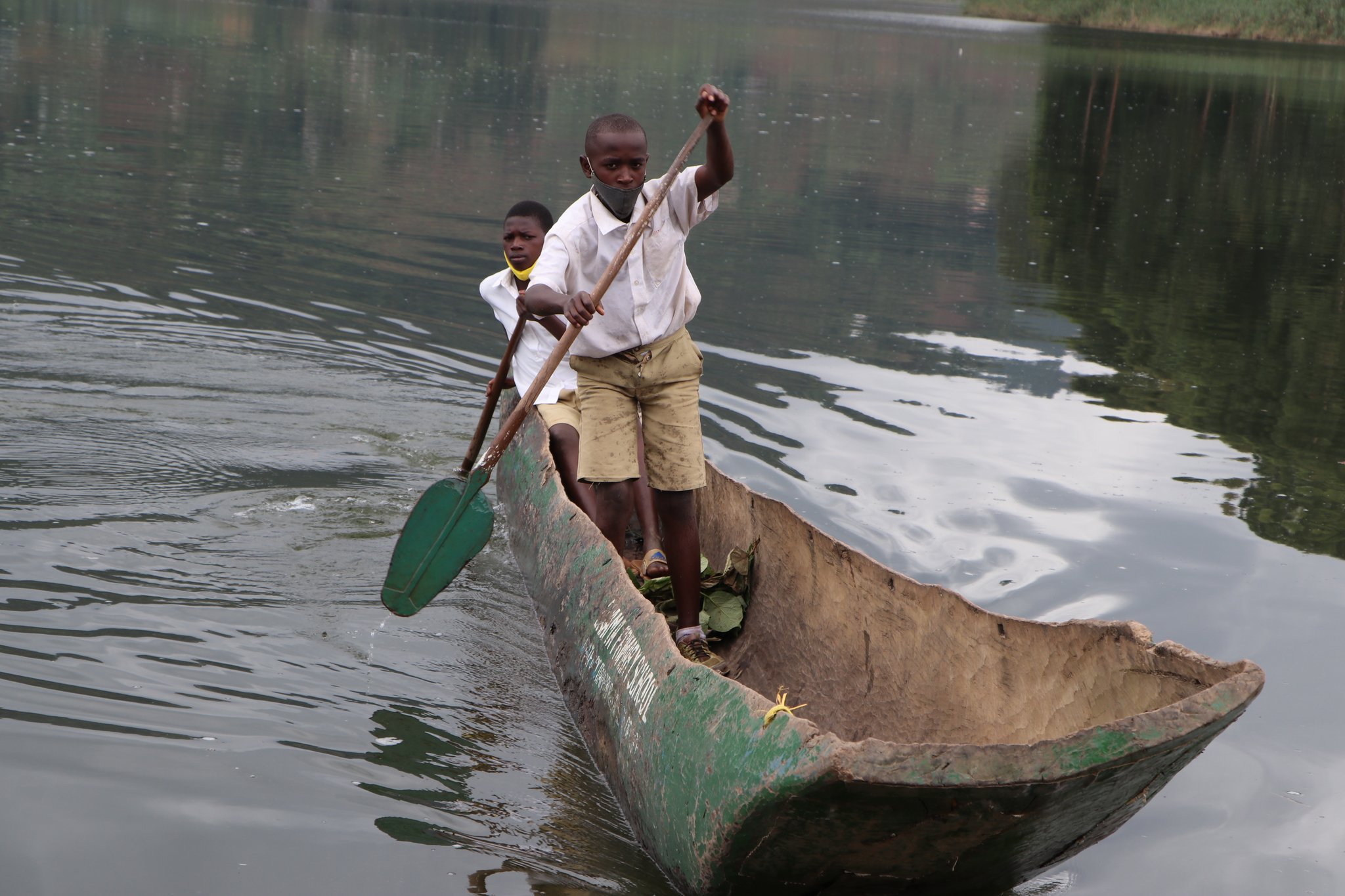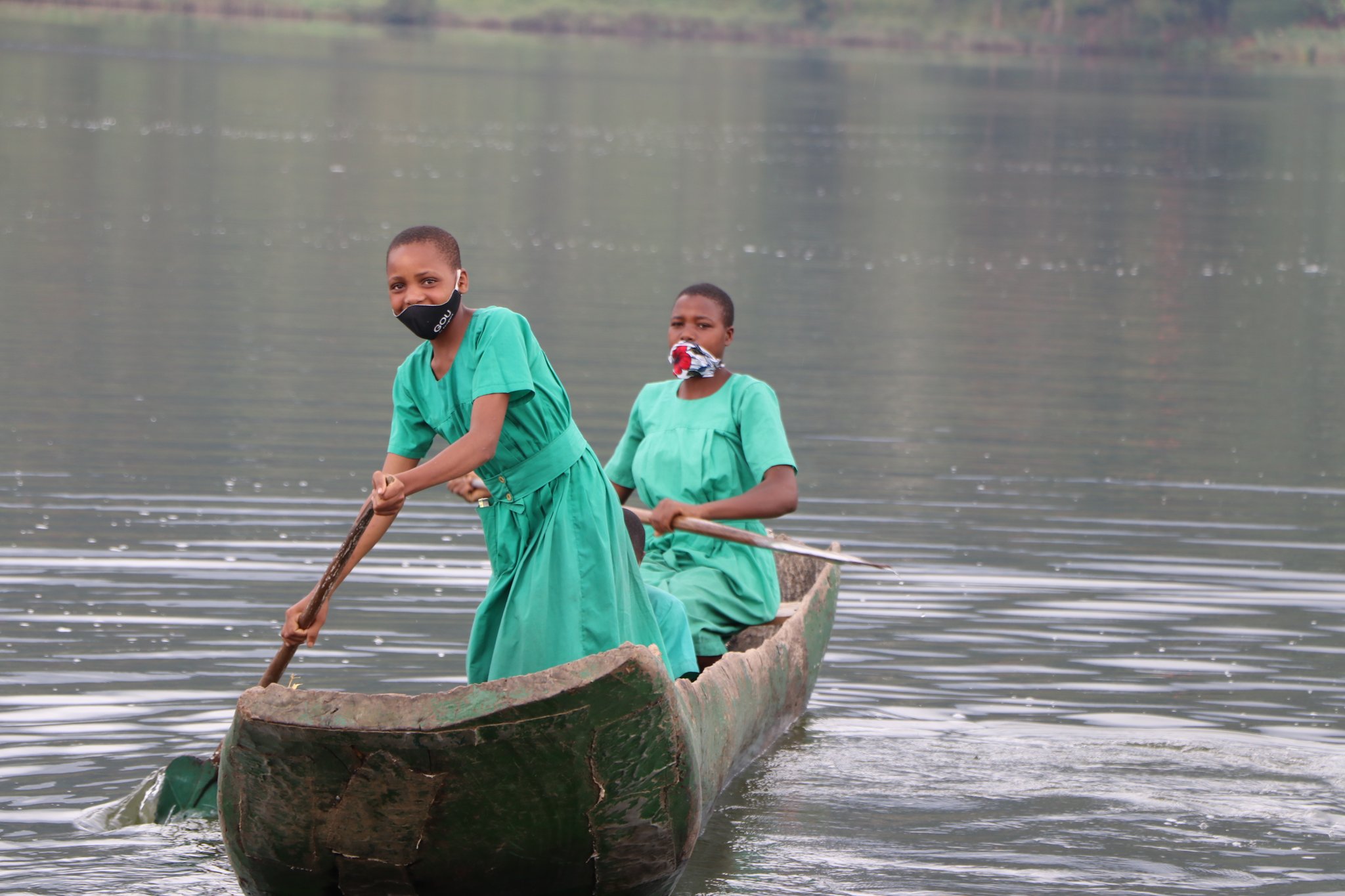
Photo credits to Uganda Red Cross Society
We are delighted to present the executive summary of our study titled "Understanding and Preventing Drowning in Uganda." This study aimed to evaluate the availability and quality of drowning data, as well as enhance our understanding of the types and circumstances surrounding drowning incidents in Uganda.
This research was conducted in collaboration with our partners, the CDC Foundation, the Centers for Disease Control and Prevention, and the Makerere University School of Public Health (Kampala, Uganda), generously supported by funding from Bloomberg Philanthropies.
The estimated drowning death rate in the World Health Organization Africa Region is the second highest in the world, estimated to be more than twice as high as the rate in the Americas. Although the burden of drowning is believed to be high in this region, the true size and extent of the problem are not well understood because data on drowning in African countries are limited. Drowning prevention strategies require adequate data on the burden and circumstances of drowning to help ensure data-driven prevention efforts. No previous study has comprehensively assessed the circumstances of drowning in both lakeside and non-lakeside districts in Uganda. Through two phases of data collection, this study sought to assess the availability and quality of drowning data, as well as improve understanding of the types and circumstances of drowning in Uganda.
In phase one, We conducted a retrospective descriptive analysis of data on fatal and non-fatal drowning cases abstracted from existing district-level administrative records. Data sources were district police offices, marine police detachments, fire/rescue brigade detachments, and mortuaries in 60 purposefully selected lakeside and non-lakeside districts in Uganda, which is approximately half of all districts. We abstracted data for all reported cases of drowning— fatal and non-fatal—for a two-and-a-half-year period (between January 1, 2016 and June 30, 2018). Data were cleaned, deduplicated, and analyzed to report on the burden and characteristics of drowning based on existing district-level administrative data sources.

In phase 2, we used a mixed-methods approach to identify all cases of drowning (including those not reported in district-level administrative sources) and collect in-depth information on the circumstances of drowning in 14 lakeside and non- lakeside districts, purposefully selected from the 60 phase one districts based on phase one results. Data were collected retrospectively for all identified cases of drowning—fatal and non-fatal—that occurred during a two-and-a-half-year study period (between January 1, 2016 and June 30, 2018). We conducted structured individual interviews with witnesses/family members/friends of drowning victims and survivors of drowning incidents with both quantitative and qualitative components. We also conducted focus group discussions with community members about ways drowning could be prevented and qualitative interviews with records officers about record keeping on drowning.
Comparing the results from the two phases, we found 3.2 times the number of drowning deaths in phase two than were recorded in district-level sources in the same 14 districts in phase one. The ratio was higher in lakeside districts (4.6 times). For non-fatal drownings, we found 13.6 times the number of cases in phase two than were recorded in district-level sources in the same 14 districts in phase one. Again, the ratio was higher in lakeside districts (19.0 times).
Conducting individual interviews with witnesses/family members/friends of drowning victims and survivors of drowning incidents in phase two provided far more complete data on both the demographic characteristics of the individual who drowned, and the circumstances of the incident than what was available from district-level administrative sources in phase one.
Overall, phase one identified a high proportion of drowning among young adults and males. Frequent drowning locations were lakes and rivers for adults and ditches/pits for children, and boating was a common activity associated with drowning in lakeside districts. These same key results were found in phase two data collection. However, in phase two, we were able to collect much more detail about the circumstances of drowning in these groups, locations, and activities that could inform prevention recommendations. Further, phase two provided circumstances of non-fatal drowning which could not be determined from phase one data. Comparing the high-level findings across the two phases indicates that drowning data available from district-level administrative sources might provide an accurate overview of the key characteristics of fatal drowning in a country. However, the number of cases recorded in district- level administrative sources was not indicative of the true burden of drowning in the districts.
Conclusions and considerations for prevention
Drowning is a major cause of premature death, especially among young adults living and working on or near water in Uganda. It threatens livelihoods and devastates families and communities. Most drownings are preventable through environmental modifications, policies and regulations that reduce exposure to drowning risk and through implementation of interventions that ensure safety around water. Drowning is a multisectoral issue, and all stakeholders (including but not limited to local and national government, water transport, water sport, education, fishing, health, and law enforcement) could benefit from developing a national water safety strategy and action plan. The strategy could address matters of leadership coordination, funding, advocacy, awareness raising, prioritization, target setting, and monitoring and evaluation.
The following activities could be considered broadly in the strategy, and more specifically in the action plan:
⦿ Prioritize making water transport and fishing safer for both large and small boat users by setting and enforcing safe boating regulations, improving detection and dissemination of information about weather conditions, ensuring boats are seaworthy and fit for purpose, supporting increased availability and use of lifejackets, and increasing sensitization about safe boating practices.
⦿ Support environmental modifications that prevent unintended access to water by creating physical barriers around wells and dams, providing communities with safe water sources such as boreholes and pumps, and sensitizing community officials on the importance of providing and regulating the creation of safe pit latrines and ditches.
⦿ Improve data collection on drowning by encouraging the public to report drowning incidents to authorities, instituting and supporting record keeping systems where they are lacking or are facing resource- related challenges (particularly in districts with high rates of drowning), encouraging authorities reporting on drowning incidents (e.g., officers and medical examiners) to document information critical to drowning prevention (e.g., activity at the time of drowning, alcohol involvement, rescue-related details), and providing training and equipment to records officers.
Read more about the study through the executive summary attached here.
Photo & Credits: Uganda Red Cross Society
Children canoeing to school on Lake Bunyonyi in southwestern Uganda
| Attachment | Size |
|---|---|
| Drowning in Uganda_Exec Summary-082023 (5.62 MB) | 5.62 MB |

